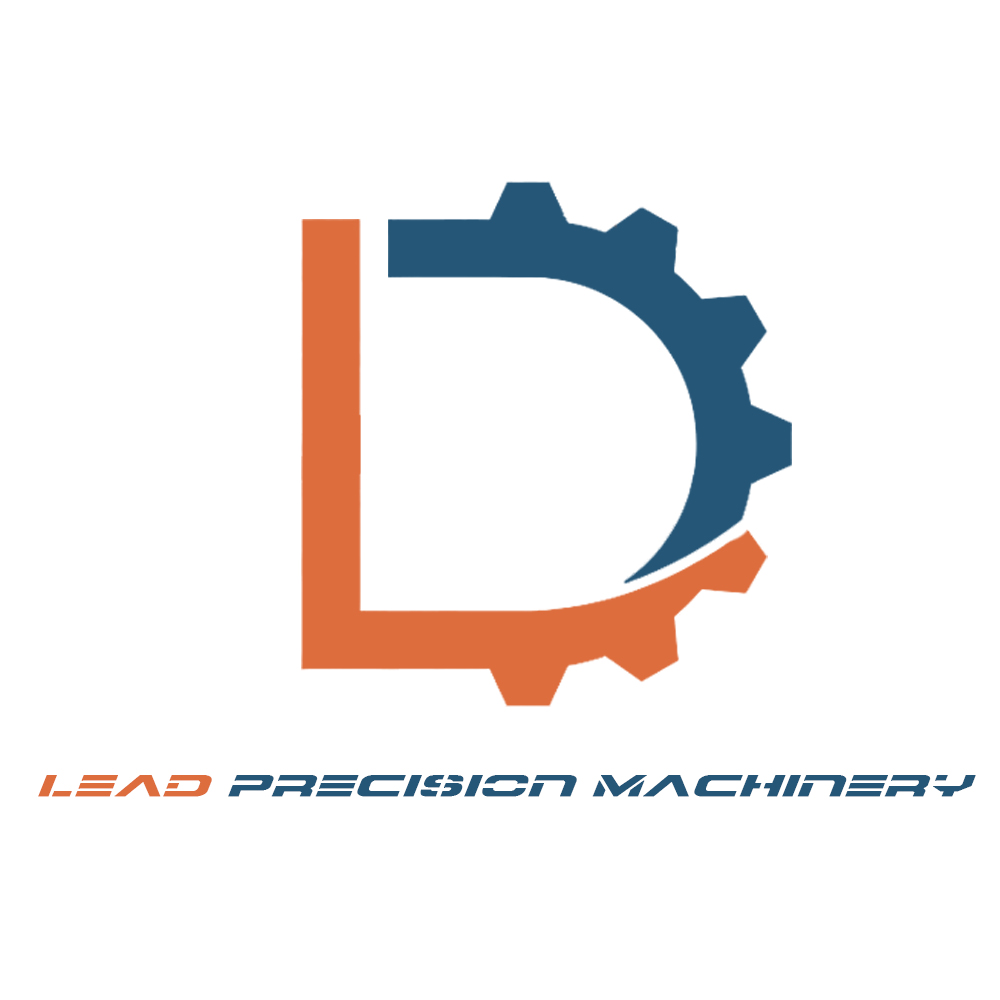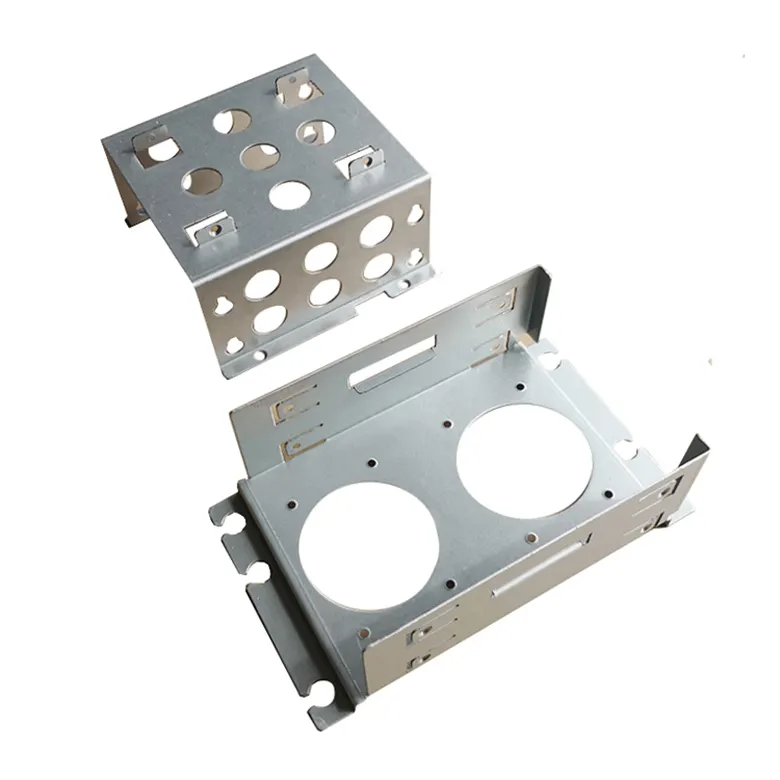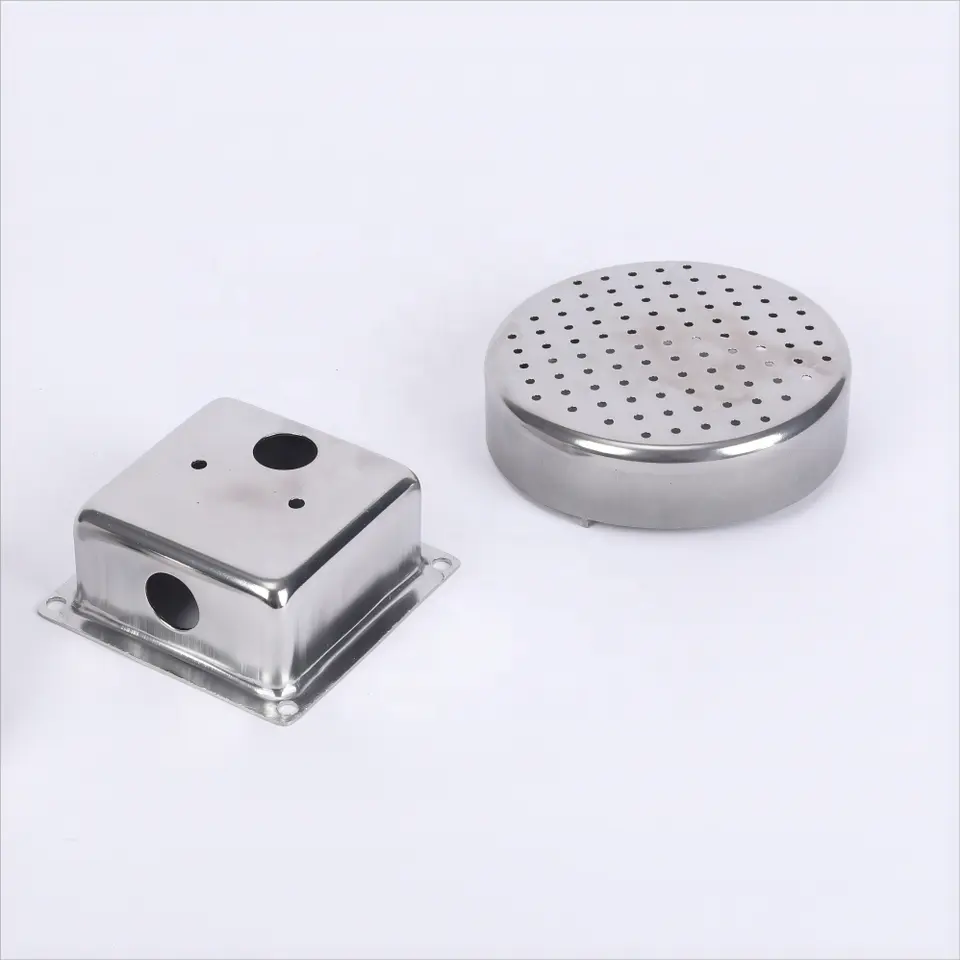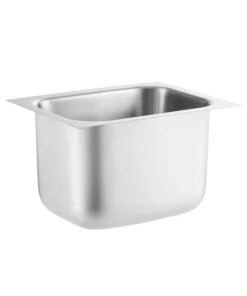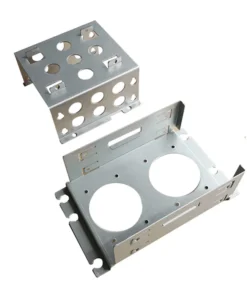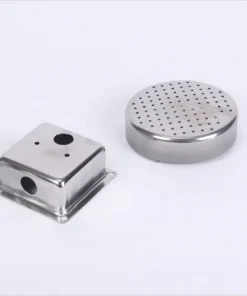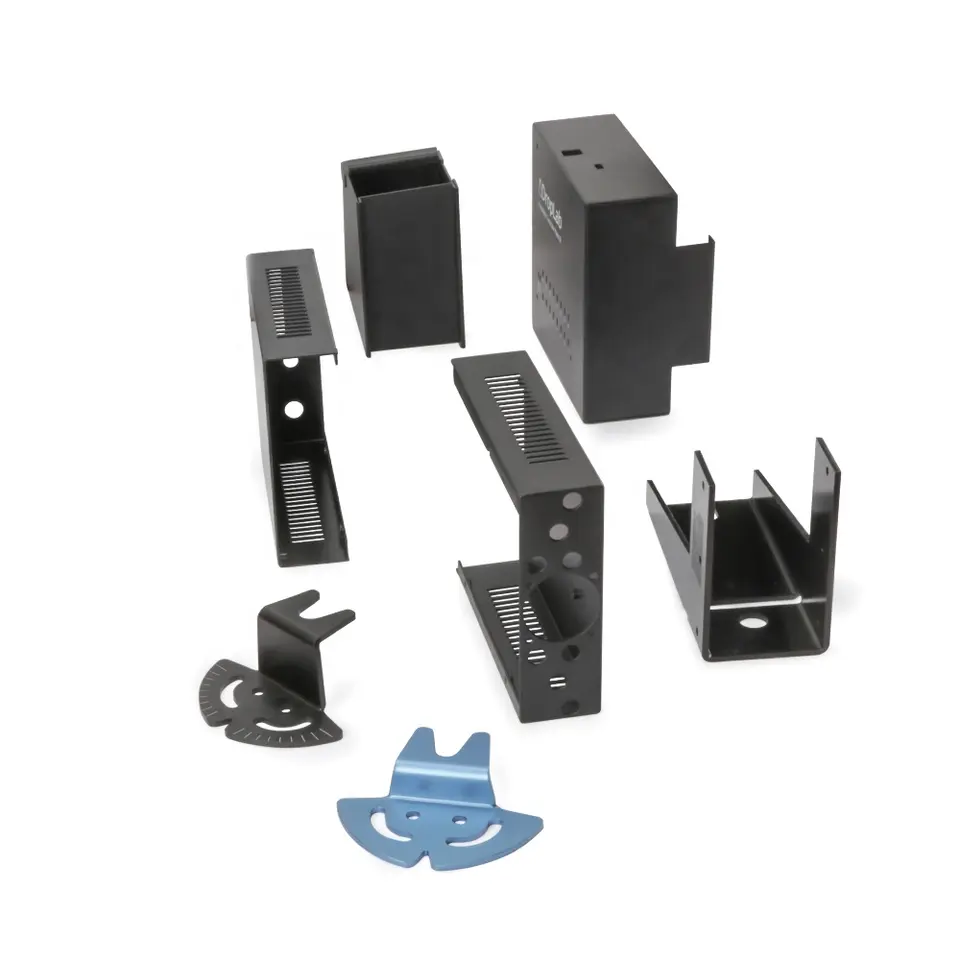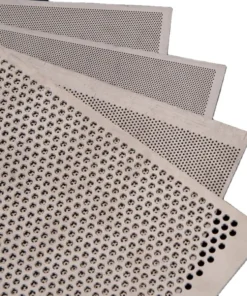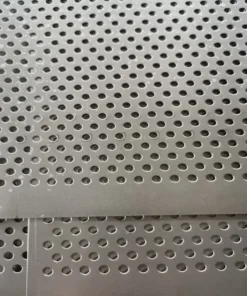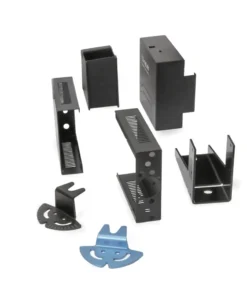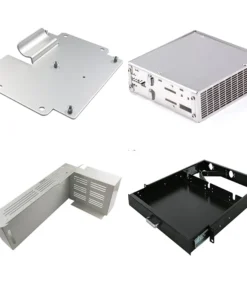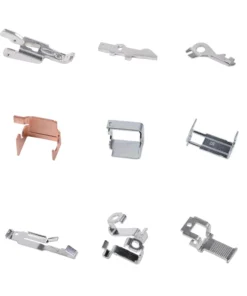Introduction to Deep Drawn Components
Deep drawing, a specialized metal forming process, involves radially drawing a sheet metal blank into a forming die, transforming it into a cavity, cylinder, or cup. This technique is pivotal in modern manufacturing due to its ability to produce intricate and precise components with high repeatability.
The Deep Drawing Process: From Sheet Metal to Finished Product
The deep drawing process is a meticulous journey that transforms a flat sheet metal into a three-dimensional component. It begins with placing the metal sheet on a die or blank holder, ensuring uniform placement. A punch then exerts a pre-set force on the metal sheet, resulting in the desired shape. After several iterations of the punching process, the final product is obtained, ready for use or further processing.
Materials Suitable for Deep Drawing
The choice of material is paramount in deep drawing. Metals like brass, titanium, stainless steel, cold-rolled steel, and aluminum are commonly used due to their malleability and strength. The material’s properties, such as its tensile strength and elasticity, play a crucial role in determining its suitability for deep drawing.
Benefits and Limitations of Deep Drawing
Deep drawing offers a myriad of advantages, making it a preferred choice for various industries:
- Efficiency: The process allows for the rapid production of bulk products, meeting high-volume demands with ease.
- Precision: With computer-aided design and advanced machinery, deep drawing can achieve very high tolerances, ensuring parts are consistent and accurate.
- Versatility: From automotive body parts to soda cans, deep drawing can produce a wide range of components.
- Cost-Effective: By eliminating certain assembly processes like welding or cutting, deep drawing can reduce production costs.
However, like any process, deep drawing has its limitations:
- Material Stress: High radial and compression stresses can lead to issues like cracking, fracturing, or wrinkling.
- Not Ideal for Small Batches: Due to the setup costs and expertise required, deep drawing may not be cost-effective for smaller production runs.
Design Considerations for Deep Drawing
For successful deep drawing, certain design considerations are paramount:
- Material Thickness: Ensuring the material is thick enough is crucial as it affects the stretch and final product’s quality.
- Blank Size and Geometry: The size and shape of the blank can influence the metal flow, with larger blanks and complex shapes potentially causing issues.
- Lubrication: Using lubricants and ensuring a high surface finish can make the material flow smoother, reducing the chances of defects.
Common Deep Drawn Components and Their Applications
Deep drawing is responsible for many everyday items and specialized components:
- Automotive: Fuel tanks, body parts, and other components.
- Household: Cooking pots, sinks, and bathtubs.
- Packaging: Soda and beer cans.
- Construction: Faucets and fixtures.
Industries like automotive, aerospace, electronics, and medical heavily rely on deep drawn components for their precision and durability.
Questions International Buyers Should Ask Their Chinese Suppliers
When sourcing deep drawn components from China, buyers should be armed with the right questions:
- What are your quality assurance protocols? Understanding the quality checks in place can give insights into the final product’s reliability.
- Can you handle custom designs and specifications? Knowing the supplier’s flexibility is crucial for unique requirements.
- What are your lead times and delivery schedules? This ensures timely delivery and project planning.
FAQ Tips
What is the difference between deep drawing and progressive stamping? While both are metal forming processes, deep drawing focuses on producing deep, hollow components from sheet metal. In contrast, progressive stamping involves multiple stamping stations, each performing a different operation on the metal, producing parts in a series of steps.
Can deep drawing be used for non-metallic materials? Primarily, deep drawing is used for metals due to their malleability. However, with the right equipment and conditions, some plastics and composite materials can also undergo a similar process, though it’s less common.
How does the depth of the draw affect the deep drawing process? The depth can influence the material’s flow and stress distribution. Deeper draws might require multiple drawing steps or intermediate annealing to ensure material integrity.
Are there specific design guidelines for deep drawing? Yes, factors like wall thickness, corner radii, and material choice play crucial roles. It’s always best to consult with experts, like those at Wuxi Lead Precision Machinery, for specific design recommendations.
How do I address common defects like tearing or wrinkling in deep drawing? Optimal material selection, appropriate tooling design, and precise control of the drawing process can help mitigate these issues. Regular quality checks and adjustments are also essential.
What’s the role of lubrication in deep drawing? Lubrication reduces friction between the die and the material, ensuring smoother material flow and reducing the risk of defects. It also extends tool life.
How does the choice of die material impact the deep drawing process? The die material can influence the tool’s lifespan and the quality of the drawn part. Harder die materials can offer better wear resistance but might be more expensive.
Can deep drawn components undergo further processing or finishing? Yes, after deep drawing, components can undergo processes like painting, plating, or welding, depending on the application and requirements.
How does Wuxi Lead Precision Machinery handle complex deep drawing projects? With a combination of advanced machinery, skilled professionals, and years of experience, Wuxi Lead Precision Machinery can tackle complex projects, ensuring precision and client satisfaction.
Is there an environmental impact associated with deep drawing? Like any manufacturing process, deep drawing has an environmental footprint. However, efficient processes, recycling, and waste reduction measures can minimize the impact.
Deep drawing, with its myriad of applications and benefits, plays a pivotal role in modern manufacturing. For businesses looking to harness this technology, partnering with industry leaders like Wuxi Lead Precision Machinery ensures top-tier results, every time.
